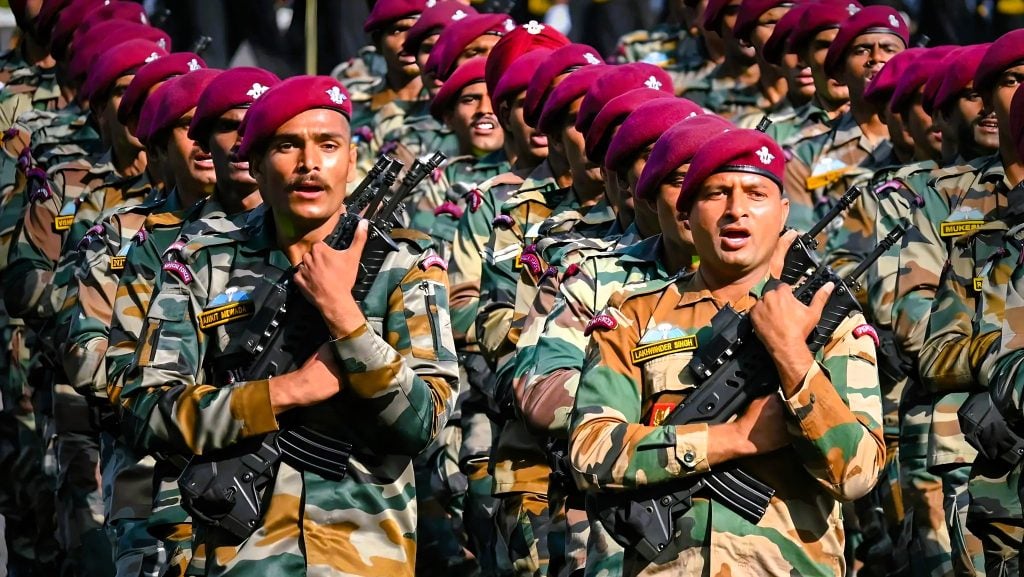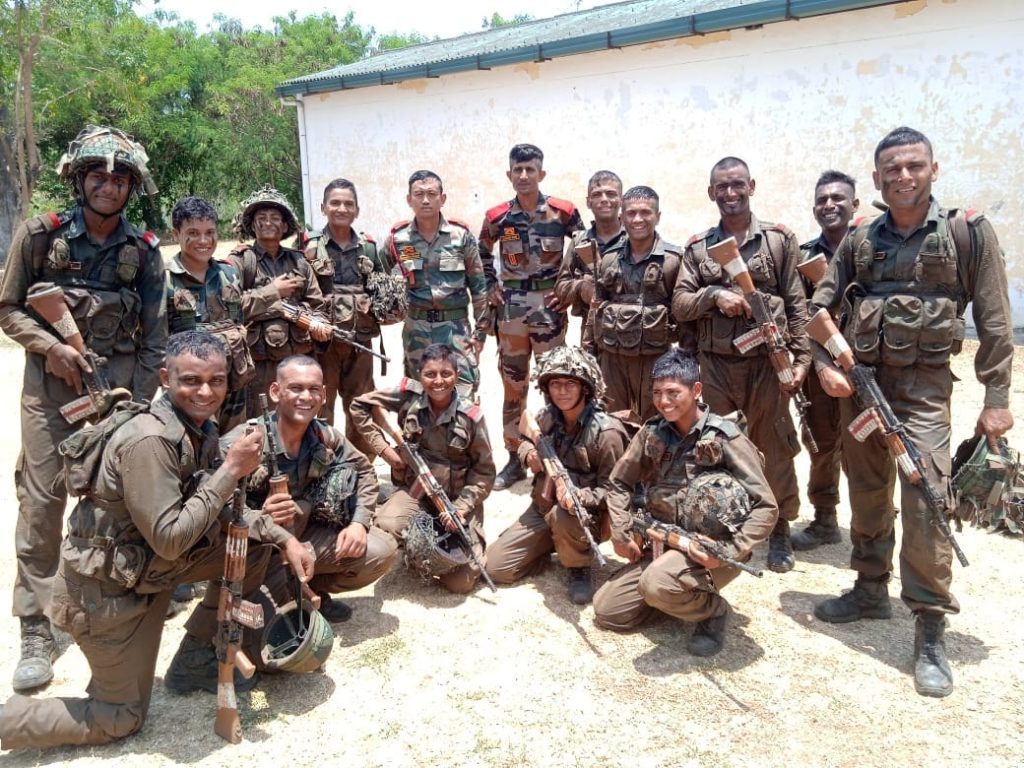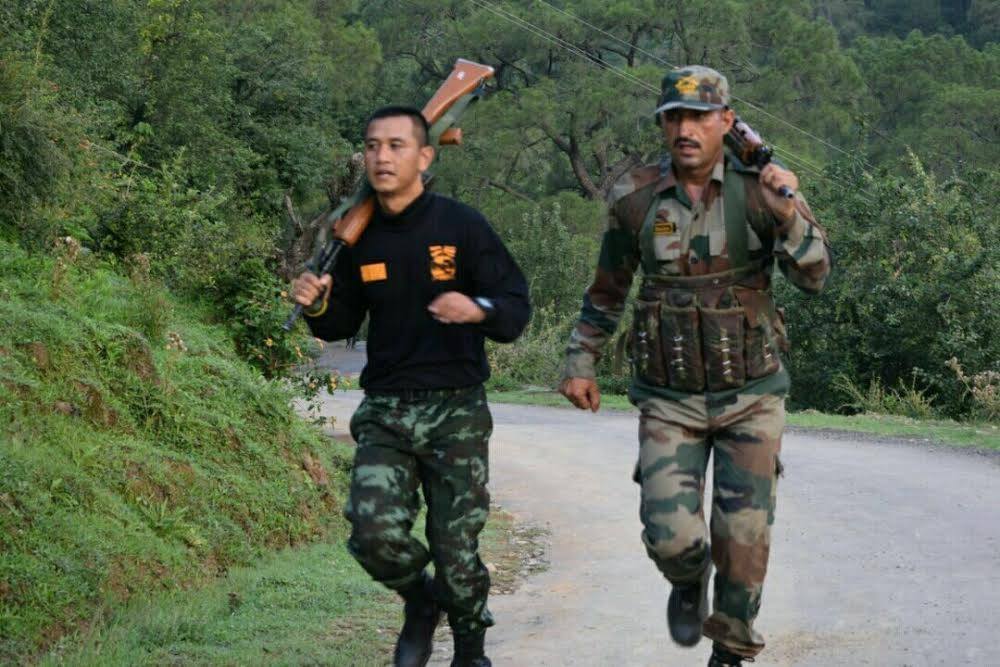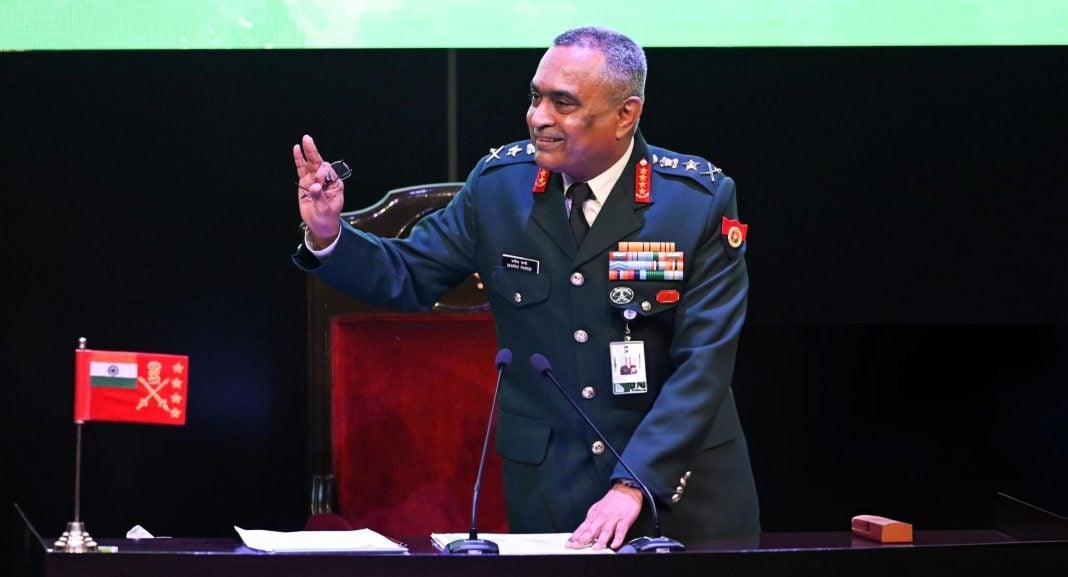The Indian Army has recently implemented a new fitness policy aimed at addressing the declining physical standards among officers and combatting the rise of lifestyle diseases. This policy introduces additional tests in addition to the existing ones and requires the maintenance of an Army Physical Fitness Assessment Card (APAC) for each individual.
With a focus on uniformity in the testing process, the new guidelines aim to ensure that officers are physically fit and combat-ready. Let’s delve into the details of this new fitness policy and understand its implications.

The Need for Change: Declining Physical Standards
The Indian Army has always prided itself on maintaining high physical standards among its personnel. However, in recent years, there has been a noticeable decline in the fitness levels of officers. This decline has raised concerns about their ability to perform their duties effectively and poses a threat to national security. Lifestyle diseases, such as obesity, have become more prevalent, further exacerbating the situation. To address these issues, the Indian Army has taken proactive steps to introduce a new fitness policy.
The Key Elements of the New Fitness Policy
The new fitness policy brings significant changes to the existing testing procedure and sets clear requirements for officers to maintain physical fitness. Let’s explore the key elements of this policy.
Age-Group Specific Physical Standards
The new policy categorizes officers into different age groups, each with its own set of physical standards. This ensures that the fitness requirements are age-appropriate and realistic. Here are the physical standards for different age groups:
Age Group: 28 to 32 years
| HEIGHT | MIN. WEIGHT | IDEAL WEIGHT | MAX. WEIGHT |
| 170 | 55.8 | 62 | 68.2 |
| 172 | 57.2 | 63.5 | 69.9 |
| 174 | 59 | 65.5 | 72.1 |
| 176 | 60.3 | 67 | 73.7 |
| 178 | 61.7 | 68.5 | 75.4 |
| 180 | 63.5 | 70.5 | 77.6 |
Age Group: 33 to 77 years
| HEIGHT | MIN. WEIGHT | IDEAL WEIGHT | MAX. WEIGHT |
| 170 | 57.6 | 64 | 70.4 |
| 172 | 59 | 65.5 | 72 |
| 174 | 61 | 67..5 | 74 |
| 176 | 62.1 | 69 | 76 |
| 178 | 63.5 | 70.5 | 78 |
| 180 | 65.3 | 72.5 | 80 |
Age Group: 38 to 42 years
| HEIGHT | MIN. WEIGHT | IDEAL WEIGHT | MAX. WEIGHT |
| 170 | 58.1 | 64.5 | 71 |
| 172 | 59.4 | 66 | 72.6 |
| 174 | 61.2 | 68 | 74.8 |
| 176 | 62.6 | 69.5 | 76.6 |
| 178 | 64 | 71.5 | 78.7 |
| 180 | 66 | 73 | 80.3 |
Age Group: 43 to 47 years
| HEIGHT | MIN. WEIGHT | IDEAL WEIGHT | MAX. WEIGHT |
| 170 | 59 | 65 | 71.5 |
| 172 | 60 | 66.5 | 73.5 |
| 174 | 62 | 68.5 | 75.4 |
| 176 | 63 | 70 | 77 |
| 178 | 65 | 72 | 79.2 |
| 180 | 66.6 | 74 | 81.4 |
Age Group: 48 and above
| HEIGHT | MIN. WEIGHT | IDEAL WEIGHT | MAX. WEIGHT |
| 170 | 59 | 65.5 | 72.1 |
| 172 | 60.8 | 67.5 | 74.3 |
| 174 | 62.1 | 69 | 75.9 |
| 176 | 63.9 | 71 | 78.1 |
| 178 | 65.3 | 72.5 | 79.8 |
| 180 | 67.1 | 74.5 | 82 |
Quarterly Tests: Battle Physical Efficiency Test (BPET) and Physical Proficiency Test (PPT)
Under the new policy, officers are required to undergo quarterly tests – the Battle Physical Efficiency Test (BPET) and the Physical Proficiency Test (PPT). These tests evaluate different aspects of physical fitness and assess an officer’s readiness for combat. The results of these tests play a crucial role in the officer’s Annual Confidential Report (ACR).

Battle Physical Efficiency Test (BPET)
The BPET consists of multiple physical activities that officers must complete within specific time limits based on their age group. Here are the elements of the BPET:
- Five Kilometer Run: Officers must complete a five-kilometer run, testing their endurance and cardiovascular fitness.
- 60-Meter Sprint: This test assesses an officer’s speed and agility.
- Horizontal Rope Climb: Officers must climb a rope horizontally, demonstrating their upper body strength.
- Vertical Rope Climb: This activity evaluates an officer’s ability to climb a rope vertically, testing their upper body and grip strength.
- Crossing a 9-Feet Deep Channel: Officers must cross a 9-feet deep channel within a specific time limit, showcasing their physical agility and coordination.

Physical Proficiency Test (PPT)
The PPT focuses on overall physical proficiency and includes various exercises to evaluate an officer’s strength, endurance, and flexibility. The elements of the PPT are as follows:
- 2.4 Kilometer Run: Officers must complete a 2.4-kilometer run, testing their cardiovascular endurance.
- Five Meter Shuttle: This exercise involves quick movements between two points, evaluating an officer’s speed and agility.
- Push-ups: Officers must perform a set number of push-ups, assessing their upper body strength.
- Chin-ups: This activity tests an officer’s upper body strength and muscular endurance.
- Sit-ups: Officers must complete a set number of sit-ups, evaluating their core strength and abdominal endurance.
- 100-Meter Sprint: This test measures an officer’s speed and acceleration.
Strengthening Assessments: The Role of Brigadier Rank Officers
To ensure the effectiveness and fairness of the new fitness policy, the Indian Army has made significant changes to the assessment process. Previously, the Commanding Officer (CO) oversaw the quarterly tests. However, under the new guidelines, a Brigadier rank officer will preside over the Board of Officers for these assessments. This change brings more seniority and expertise to the evaluation process.
The quarterly tests will be led by a Brigadier, along with two Colonels and a Medical Officer (MO). This composition ensures a well-rounded assessment, considering both physical fitness and medical factors. The involvement of senior officers emphasizes the importance of maintaining high physical standards throughout the ranks.
Additional Tests and Assessments
In addition to the quarterly BPET and PPT, the new fitness policy introduces further tests and assessments to ensure continuous improvement and readiness among officers. These additional evaluations include:
Half-Yearly Speed March and Route March
To assess an officer’s stamina and endurance, a half-yearly 10 km speed march and 32 km route march have been introduced. These activities test an officer’s ability to endure long-distance marches, mirroring the challenges they may face in real combat situations.
Annual Swimming Proficiency Test
Swimming proficiency is a vital skill for officers, especially in scenarios involving water bodies. As part of the new fitness policy, an annual 50-meter swimming proficiency test is conducted where swimming facilities are available. This test ensures that officers possess the necessary swimming skills to handle water-based operations effectively.
Accountability and Tracking Progress
To monitor officers’ progress and hold them accountable, the new fitness policy mandates the maintenance of an Army Physical Fitness Assessment Card (APAC) for each individual. Officers must record their test results on the APAC, and these results must be submitted within 24 hours. This tracking system enables the Army to track individual progress and identify areas that require improvement.
Addressing Overweight Personnel: Counseling and Improvement Period
The new fitness policy recognizes the challenges posed by overweight personnel. Officers falling into the “overweight” category will receive written counseling, outlining the need for improvement. They will then be given a 30-day period to show improvement in their physical fitness. During this period, officers may face curtailment of leave and TD (Temporary Duty) courses. The aim is to encourage officers to prioritize their fitness and work towards achieving the required standards.
Consequences of Failure to Meet Fitness Standards
If an officer fails to meet the physical fitness standards even after the improvement period, punitive actions will be taken as per Army Regulation (AR) 15 and Army Act 22. These actions may include penalties and disciplinary measures, reflecting the Army’s commitment to maintaining high physical standards. The consequences serve as motivation for officers to take their physical fitness seriously and strive for constant improvement.
Appreciation for the New Fitness Policy
The introduction of the new fitness policy has been widely appreciated within the Indian Army. Senior officers have recognized the need for such guidelines to address the declining fitness standards among officers. This initiative reflects the Army’s commitment to maintaining a highly capable and physically fit force, ready to tackle any challenges that may arise.
Conclusion
The Indian Army’s new fitness policy is a significant step towards enhancing physical standards and combatting the rise of lifestyle diseases among officers. By introducing additional tests, implementing age-group specific standards, and involving senior officers in the evaluation process, the Army aims to ensure that its personnel are physically fit and combat-ready. The policy emphasizes the importance of maintaining high physical standards throughout an officer’s career. Through continuous assessments, tracking progress, and counseling, the Indian Army is committed to fostering a culture of fitness and excellence within its ranks.





